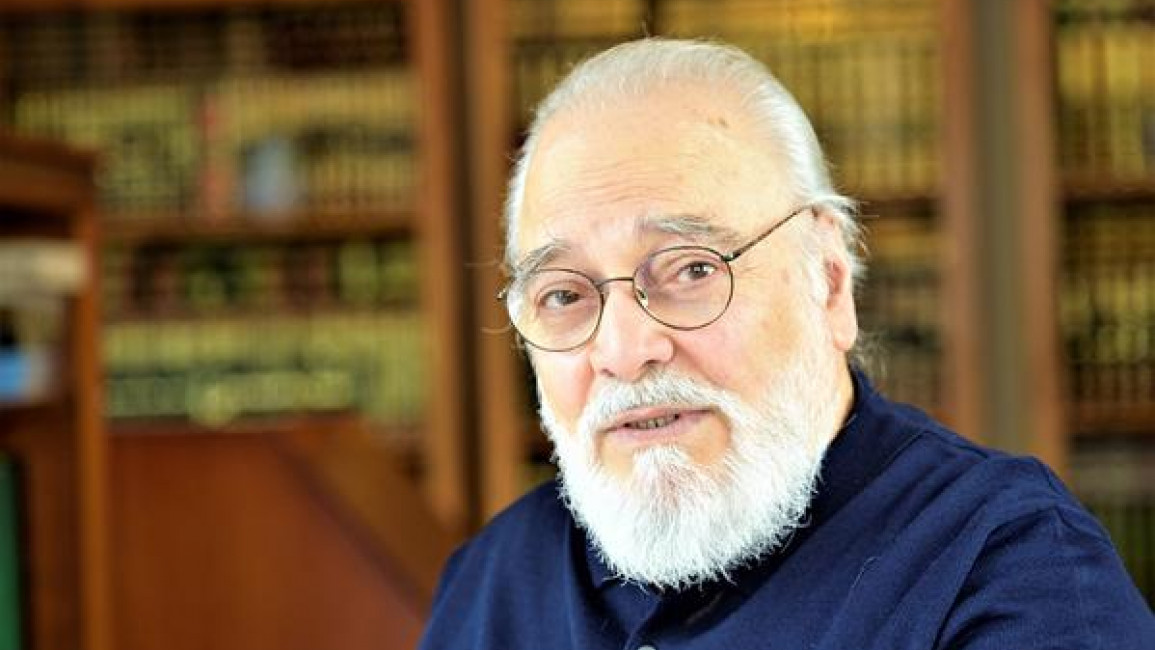British-Libyan calligrapher Ali Omar Ermes dies, leaving artistic legacy of intercultural dialogue
British-Libyan artist, calligrapher, activist, and writer, Ali Omar Ermes has died, leaving an artistic legacy of intercultural dialogue through art.
A visionary and pioneer of contemporary Arab calligraphy, Ermes is celebrated throughout the Arab world - and the world-at-large - for his use of the Arabic script to invoke perennial themes, using art as "a major resource of hope and optimism for a better future for humanity".
Born in the Libyan capital of Tripoli in 1945, Ermes travelled to the United Kingdom to complete his education, graduating first from the University of Plymouth and then Central Saint Martins, respectively. Yet, his love affair with Britain and London extended beyond the academic institutions in which he studied.
Living in London from 1981 onwards, Ermes' decorated career saw him hold significant positions within London's art world, most notably as Chairman of the Muslim Cultural Heritage Center and a key consultant in organising and delivering the "World of Islam Festival", held in London in 1976.
"Ali Omar Ermes is celebrated throughout the Arab world - and the World-at-large - for his use of the Arabic script to invoke perennial themes, using art as a major resource of hope and optimism for a better future for humanity"
A true ambassador of inter-faith and artistic dialogue, Ermes' distinctly poignant style of using single Arabic letters, Islamic poems and maxims to explore links between morality, life and death has left an indelible imprint on the cultural heritage of the Arab world.
Testament to his regional and universal acclaim, Ermes' works have since been collected in such institutions as the British Museum, the Ashmolean Museum in Oxford, the Barjeel Art Foundation in Sharjah, and the Smithsonian Institution in Washington.
Some of his more famous works include "The Seventh Ode" (1993), which takes influence from the Al Muallaqat As Saaba, a collection of Pre-Islamic Arabic poems, and Harf Al Meem, which uses the calligraphic technique of Thuluth to encapsulate a poem written by Hitam al-Tai.
|
|
As can be seen within his work - written, drawn and said - Ermes' identity as both a Muslim and a Libyan is evident. Frequently publishing philosophical treatises on the the intersection of Islam and Arab identity, Ermes' lifelong concern to involve himself with how Arab movements resistance movements have thrived in the face of adversity, and how best to solve the regional's present challenges enabled Ermes to successfully bridge the divide of the two cultures he lived between.
It was this predominant fixation that manifested itself in his art, using Arabic as his medium to "share the power of Islamic though for the contemporary moment for international audiences".



